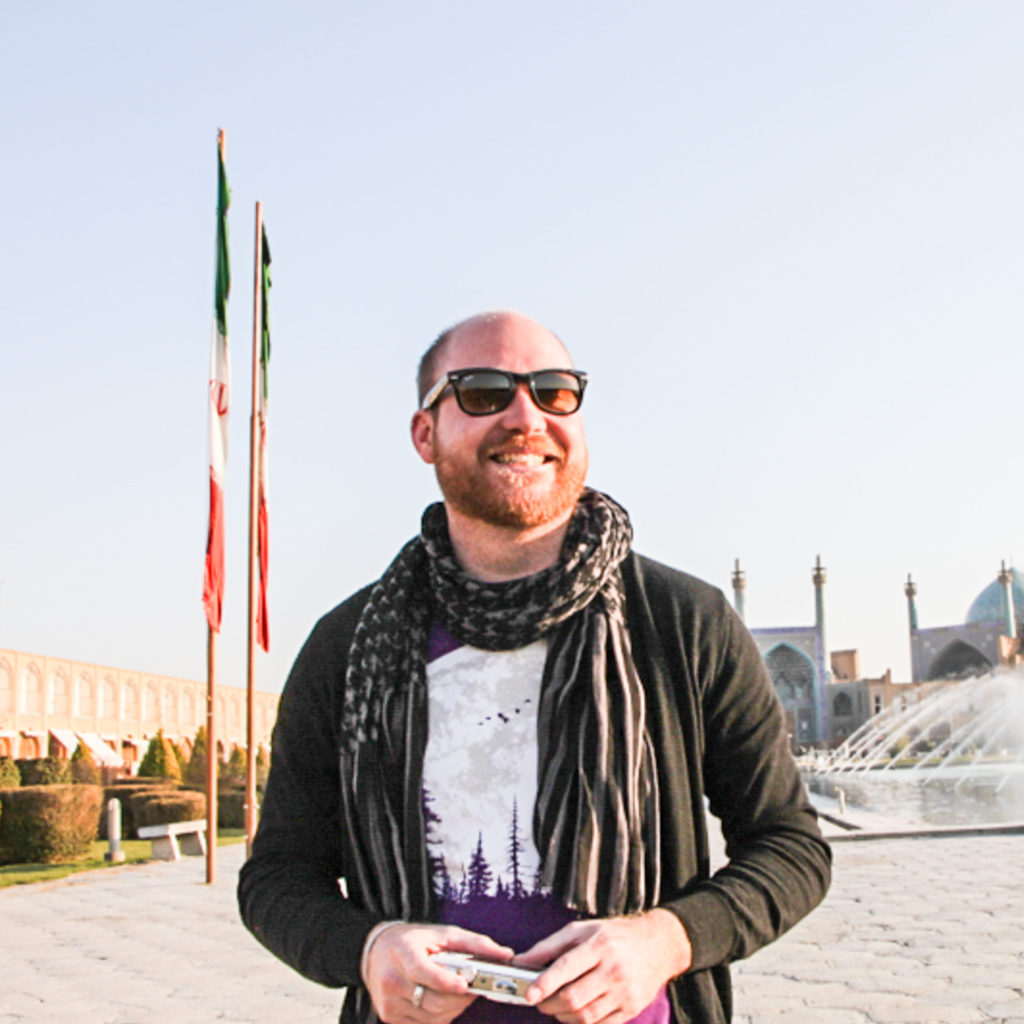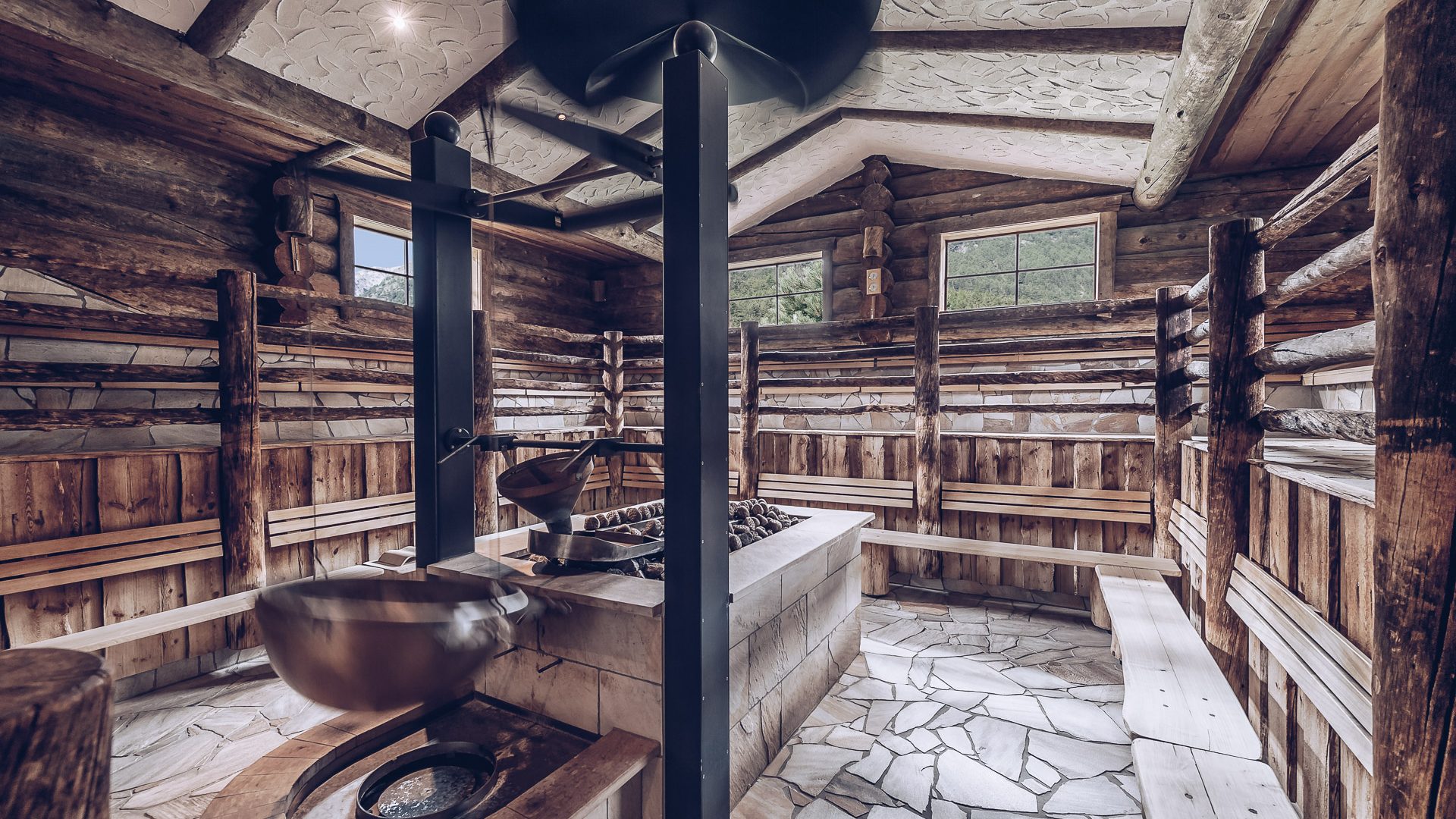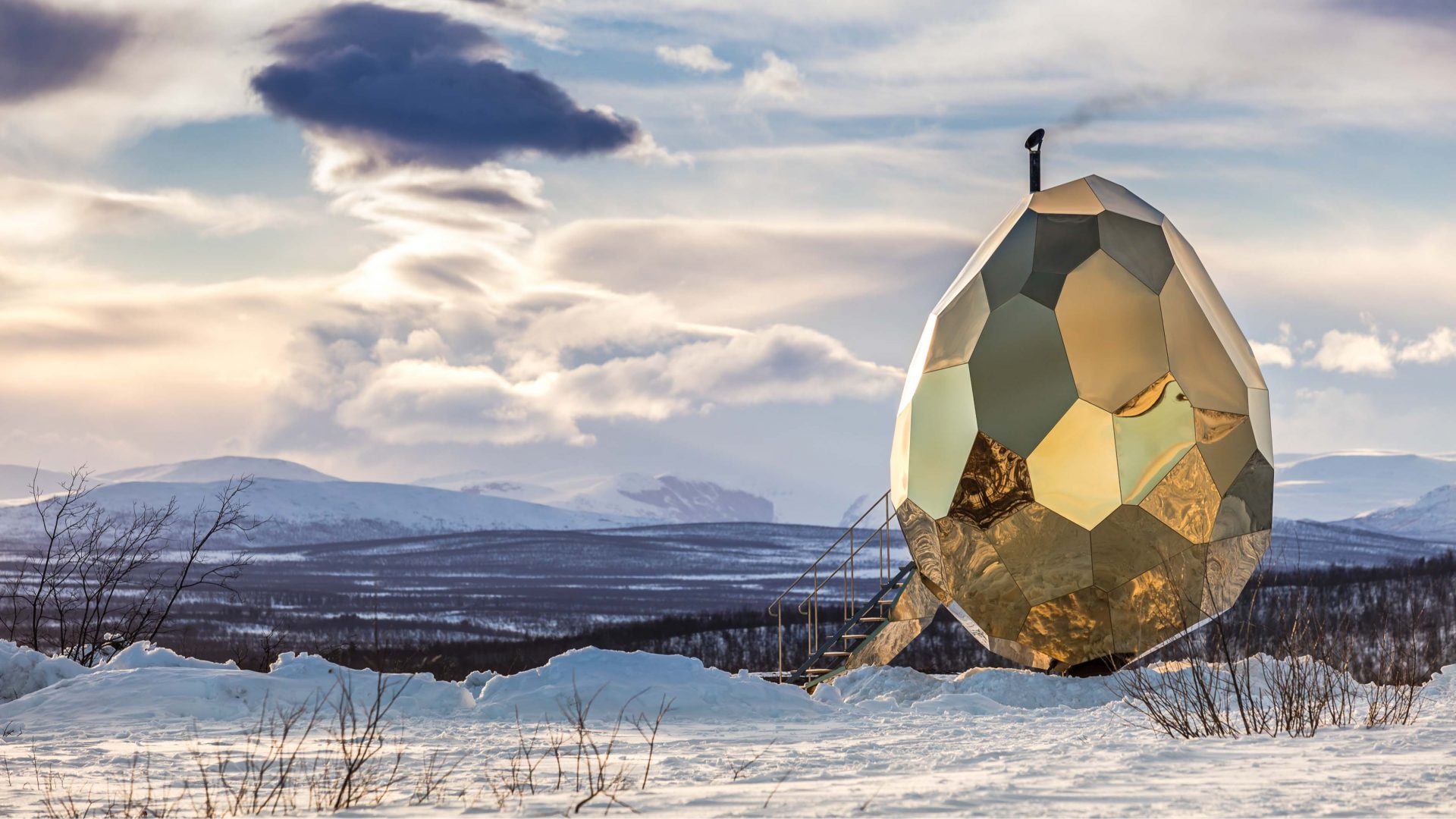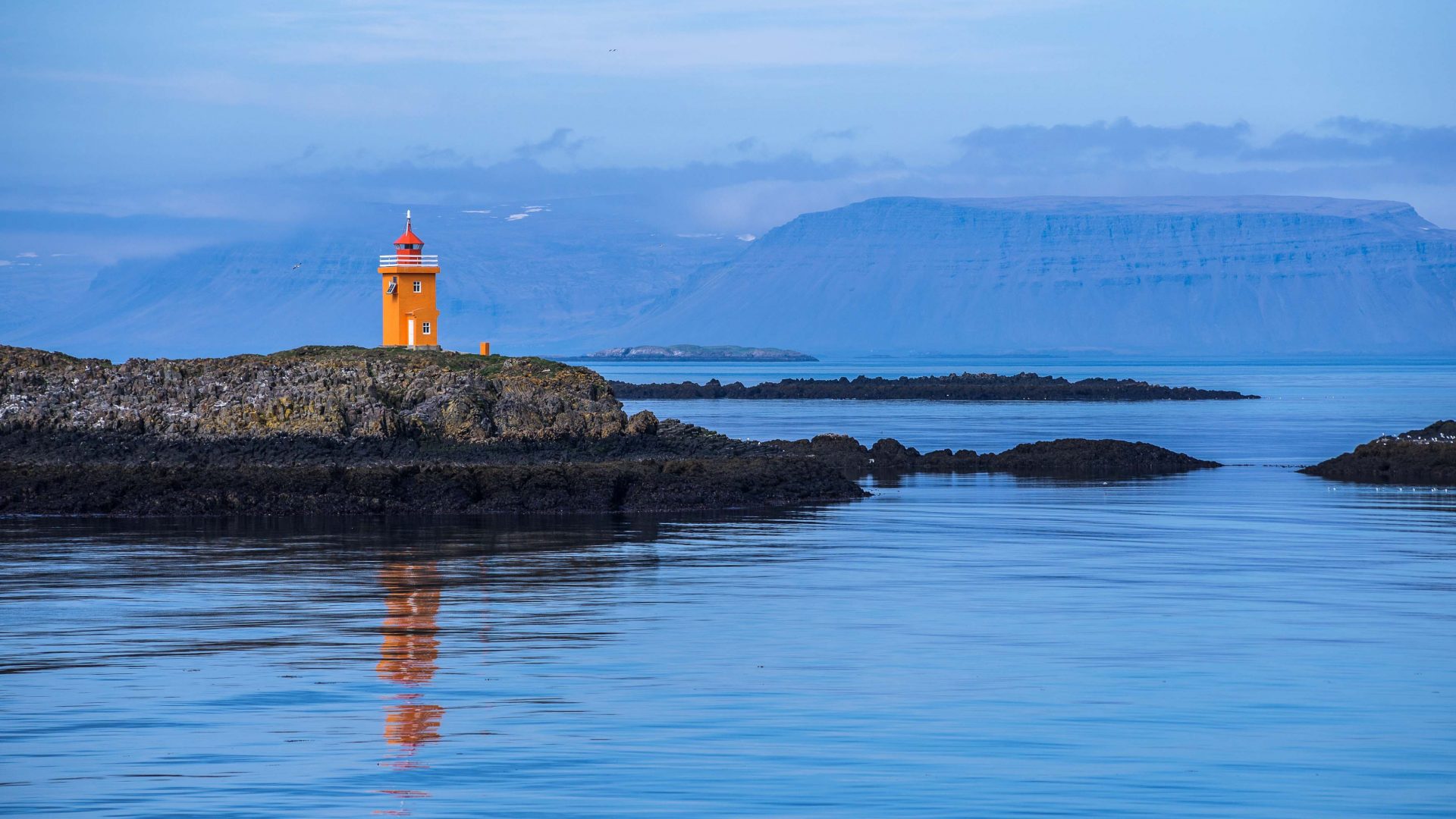Editor’s note: This article was published before the coronavirus pandemic, and may not reflect the current situation on the ground.
Travel to Turkey, Finland, Japan, or Austria and you’ll soon discover that communal saunas and bathing—and therefore nudity—is a thing. But instead of shying away from these experiences, Ben Groundwater argues that we should embrace them in all their awkward, liberating glory.
We’re a bunch of prudes. That’s the only conclusion I can come to, the only assumption I can safely make. We’re uncomfortable with nakedness. We don’t like taking off our clothes.
If you’re anything like me, then there are probably very few occasions in which you would find yourself nuding up around other people—around friends, and around strangers. It’s not part of my culture. It’s not a thing we do.
Case in point: I’m in Austria on a press trip and end up at the Aqua Dome, a series of saunas and hot pools in the Oetztal Valley. It’s essentially a sauna theme park; a sauna Disneyland if you will. There are small saunas and large saunas, old-style saunas and modern saunas, hot pools and cold pools, salt baths and ‘glacier rooms’.
In Austria, and in fact in much of northern Europe, this is standard stuff. People have been having saunas here for millennia. The word ‘sauna’ is Finnish, and that’s where the practice began thousands of years ago as a method of washing, of cleansing, of healing. The same applies in many countries today: People come to the saunas to rest aching muscles, to sweat out toxins, and to heal.
RELATED: Why we should travel to ‘dangerous’ places
And they do all of this, of course, without any clothes on. It’s not even an option here at the Aqua Dome—there’s a sign out the front, conveniently printed in English, telling you, prudish person, that clothing is banned. Remove all of your gear before you step inside.
This is the confronting thing. Being naked in front of strangers is challenging enough when you’re not used to it. But being naked in front of work colleagues is another thing entirely. In Austria and Germany, men and women share the same sauna. Naked. It’s clear this isn’t going to be the case here. The only one female in our group immediately taps out. “I’m going to the bar,” she says. “Have fun, boys.”
The rest of us temporarily retreat to the bar with her for a few ales—liquid encouragement—before eventually heading down to the sauna area. We take all our clothes off, making a very conscious effort to not make eye contact—or to accidentally stare at anything else. We make our way to separate saunas and collectively, silently, hope to not bump into each other ever again.
Here’s the thing though: nude bathing is fun. A naked sauna experience is something everyone should enjoy on their travels. It forces you to confront your own prudishness. It makes you shed your inhibitions—and your clothes—and realize that it’s really not that bizarre in the first place.
After all, there are plenty of cultures that people like me would probably consider to be more conservative than mine., And yet communal nudity is an extremely acceptable thing there. and Austria come to mind immediately, thanks to the saunas, and the parks, and the beaches, and all the other places where local people choose to gleefully rip off their kits and relax unencumbered.
Then there’s Japan. Go to any onsen (Japanese hot springs) and you’ll be expected to strip off your gear – albeit in segregated men’s and women’s areas – before showering in a communal area and jumping in the spring with everyone else.
RELATED: Is living abroad the ultimate travel experience?
It’s not just the onsens, either. Stay in any traditional hotel outside the big cities and you’ll soon find that en-suite bathrooms aren’t really a thing. Most Japanese prefer to bathe the old-fashioned way when they’re traveling—meaning, in a communal room with a big hot tub. It can take a little getting used to, especially if you’re traveling with friends. So, we’re all going to have a bath together now?
Or how about Russia? I’ve had some of the most confusing moments of my life in banyas (Russian steam saunas). These aren’t merely places to get clean, but places to relax, to socialize, to drink beers with your mates and eat a few snacks—before heading into the sauna and hitting each other with birch branches dipped in boiling hot water.
Locally known as venik, these bundles of branches have different health benefits depending on what tree your branches come from. Birch, for example, contains ascorbic acid—a great natural exfoliant— and anti-inflammatory flavonoids. Banyas have been a part of Russian culture for around 1000 years.
For a first-timer, just the removal of your clothes is a leap into the cultural unknown. Then there’s the series of unwritten rules to figure out, like where you wash yourself before you head into the sauna, what you do with the birch branch you’re given on the way in, why—every now and then—someone in the sauna will stand up and twirl his or her towel around their head, or how you sign up to have a ‘bath attendant’ give you a rough scrubbing down.
Same goes in traditional Turkish bathhouses. Turkey has a reputation for being fairly conservative, right? And yet there you are, wearing only the flimsiest of towels, sitting on a small plastic stool in a room full of other similarly scantily clad strangers, while a Rasputin look-alike gives you the sort of exfoliating rubdown that peels off most of your epidermis.
There is, of course, a common thread to all of these experiences, and it’s not just the fact they force you to come to terms with your prudishness. The common thread is that they’re really, really enjoyable. They’re strange, yes, and a little confronting. But they’re also liberating and fun. And what could be more of an ideal travel experience than that?
It’s also, fortunately, pretty good for the skin.














